Amid a political climate filled with uncertainty and pain for millions of Hispanic families in the United States, the announcement that Bad Bunny will headline the Super Bowl LX Halftime Show in 2026 feels like a breath of hope and a powerful reminder: our culture is not only present but shining on the world’s biggest stages.
Puerto Rican artist Benito Antonio Martínez Ocasio, known globally as Bad Bunny, is more than just a musical star. His performance at the Levi’s Stadium in Santa Clara, California, will mark a historic milestone: the first fully Latino artist to headline the most-watched halftime show on the planet. A moment that transcends entertainment.
In times when hate speech, xenophobia, and policies targeting Hispanic communities are resurfacing, Bad Bunny’s presence at the heart of American sports culture delivers a clear message: Latino culture cannot be silenced, erased, or deported. With more than 57 million Spanish speakers in the U.S., our language and rhythms are no longer “guests” but a permanent part of the country’s cultural DNA.
Bad Bunny arrives at this stage after cementing himself as one of the world’s most-streamed and celebrated artists. His 2025 album Debí Tirar Más Fotos topped the Billboard 200 and broke streaming records, proving that his music resonates not only in Puerto Rico and Latin America but across major U.S. cities. Each of his songs blends celebration, protest, and cultural pride.
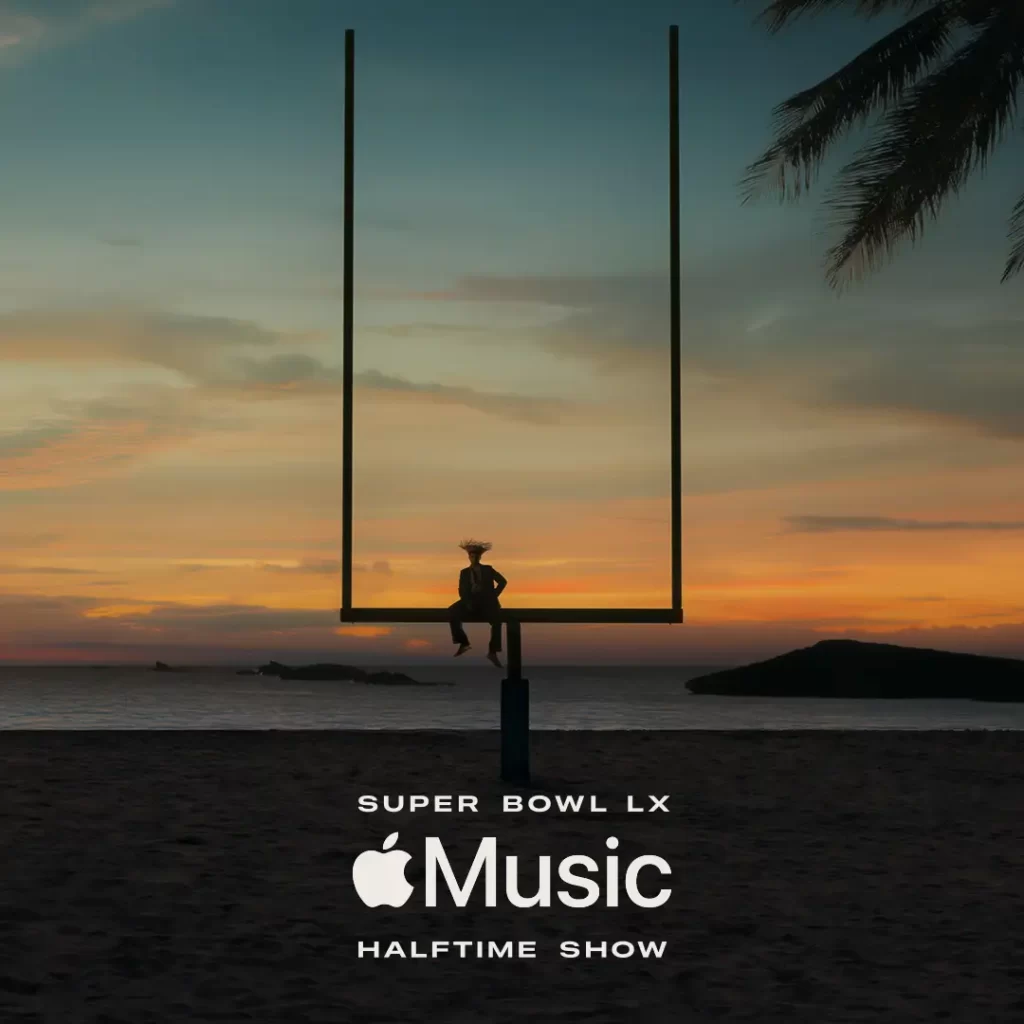
This won’t be his first time at the Super Bowl. Back in 2020, he shared the stage with Shakira and Jennifer Lopez, performing “Callaita” in a show that included sparks of Spanish representation. But this time is different: Bad Bunny won’t be a guest — he’ll be the headliner, bringing reggaetón and Latin trap unapologetically to millions of homes around the globe.
The challenge ahead is no small one: a largely English-speaking audience, sky-high expectations, and a legacy of past halftime shows from icons like Rihanna, Beyoncé, and The Weeknd. But beyond stage design or choreography, the true power of this moment lies in its symbolism. Every lyric in Spanish, every Caribbean rhythm, every gesture will stand as a reminder that the Latino community continues to resist, create, and thrive — even in adversity.
At a time when thousands of families face deportations and rhetoric that labels them as outsiders, watching a Latino artist lead the most important cultural spectacle in the U.S. is a collective triumph. As Bad Bunny himself said when the news was confirmed: “This is for my people, for my culture, and for our history.”
On February 8, 2026, we won’t just watch a show — we’ll witness an act of cultural resistance and a message to the world that, no matter what, the Latino voice will always rise louder than attempts to silence it.



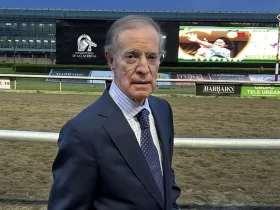
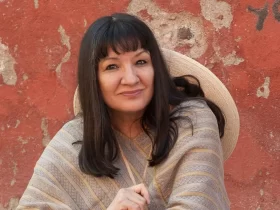

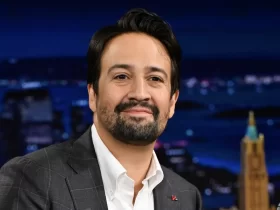
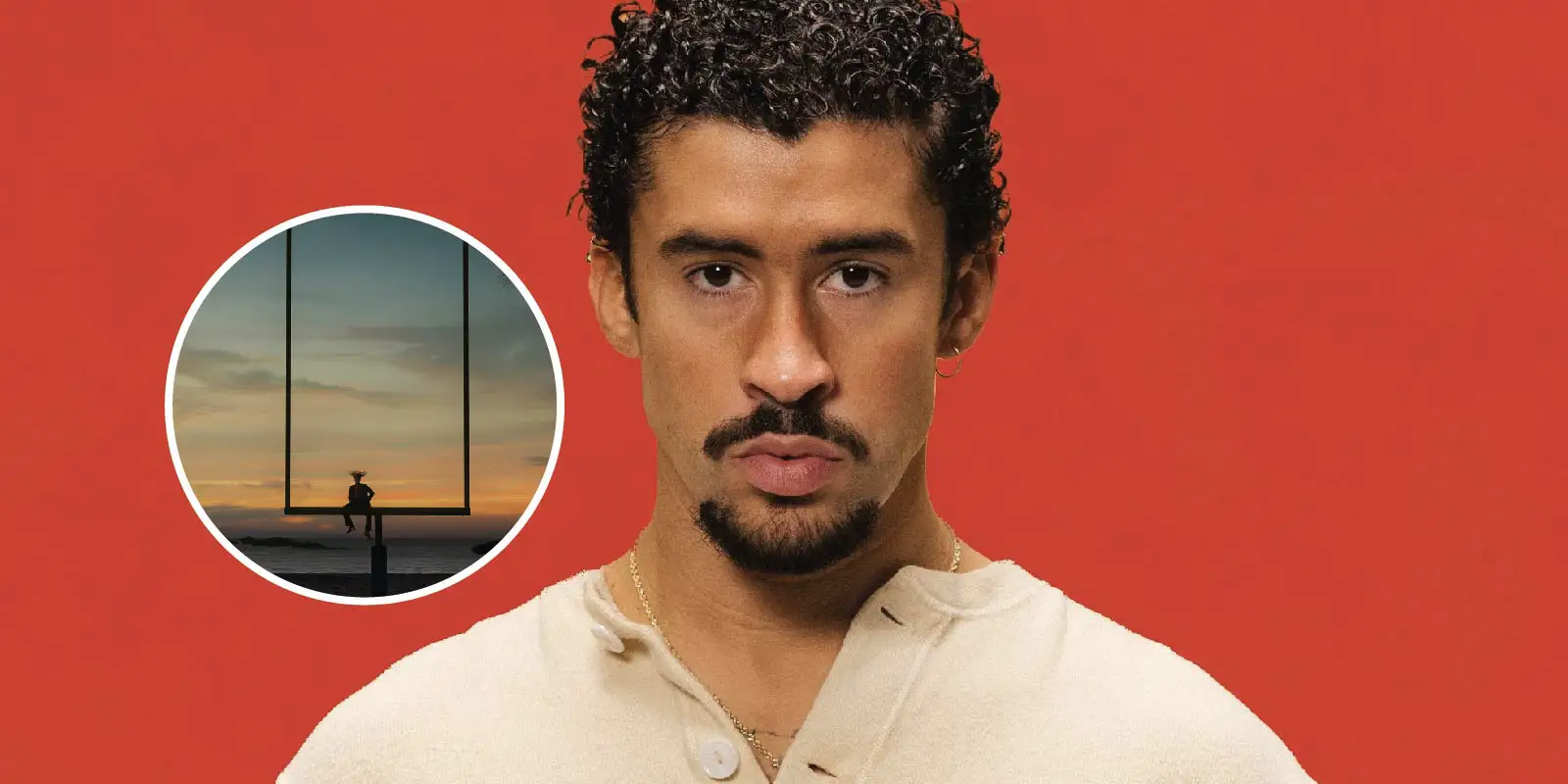












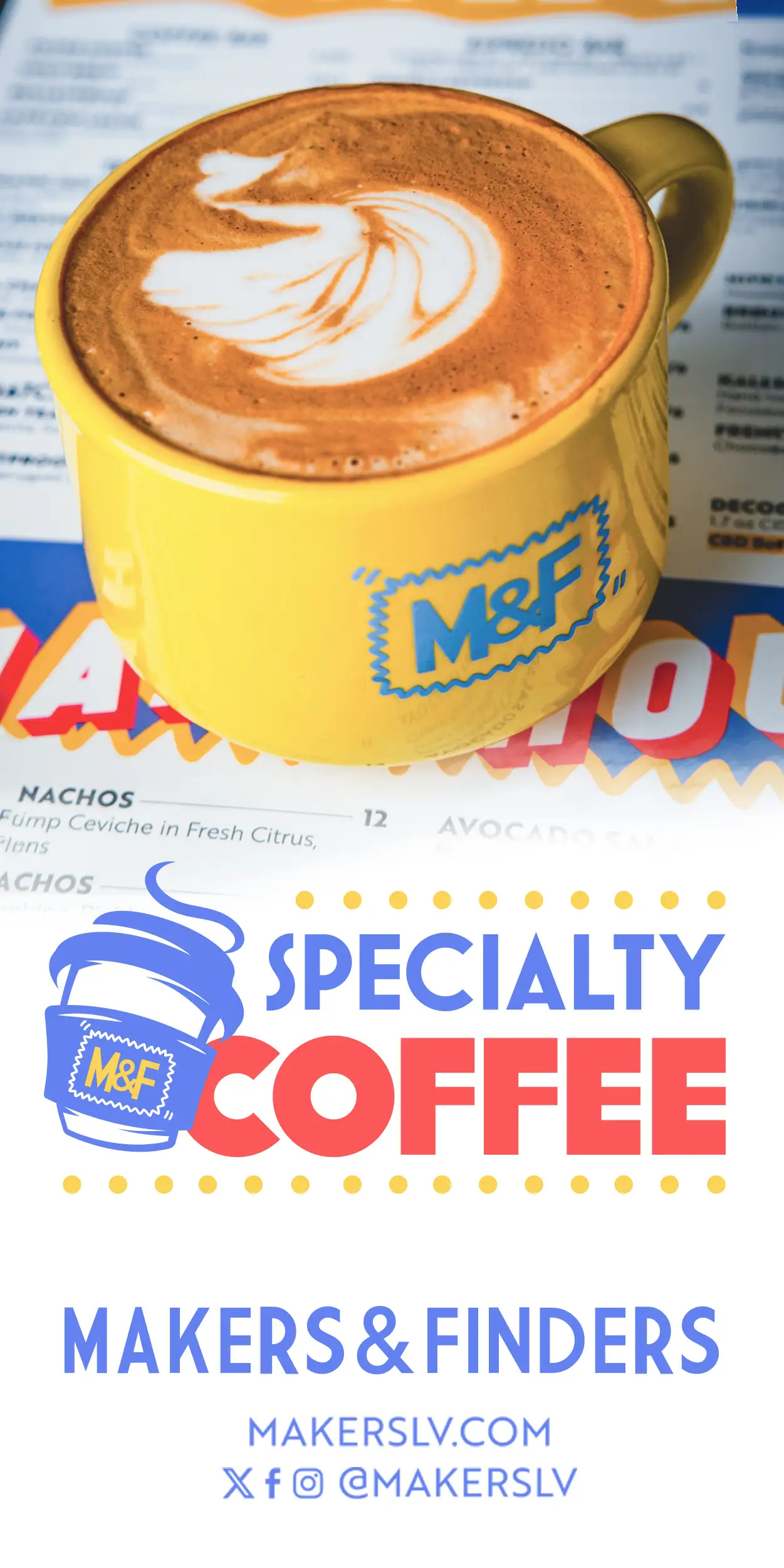





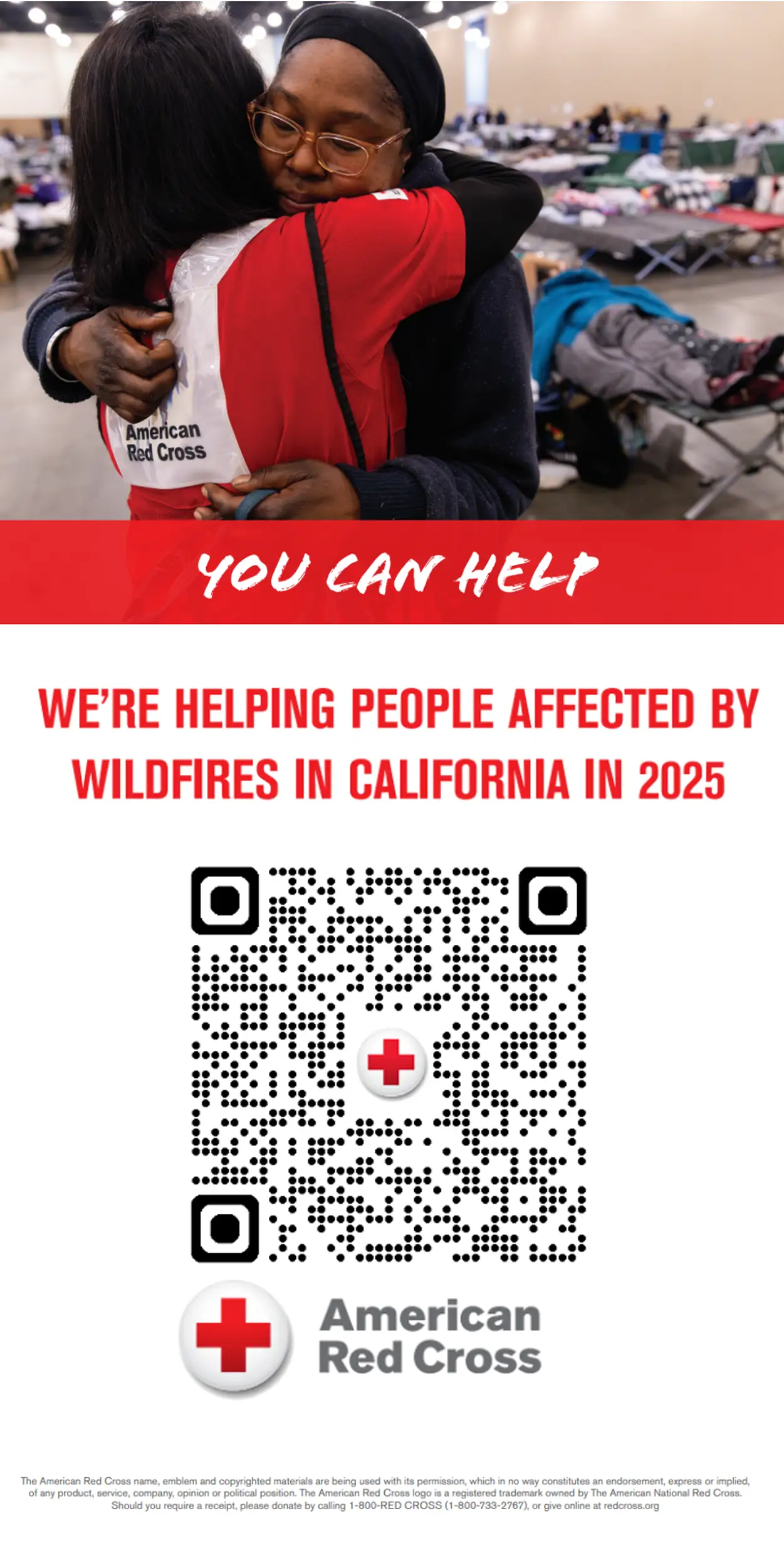


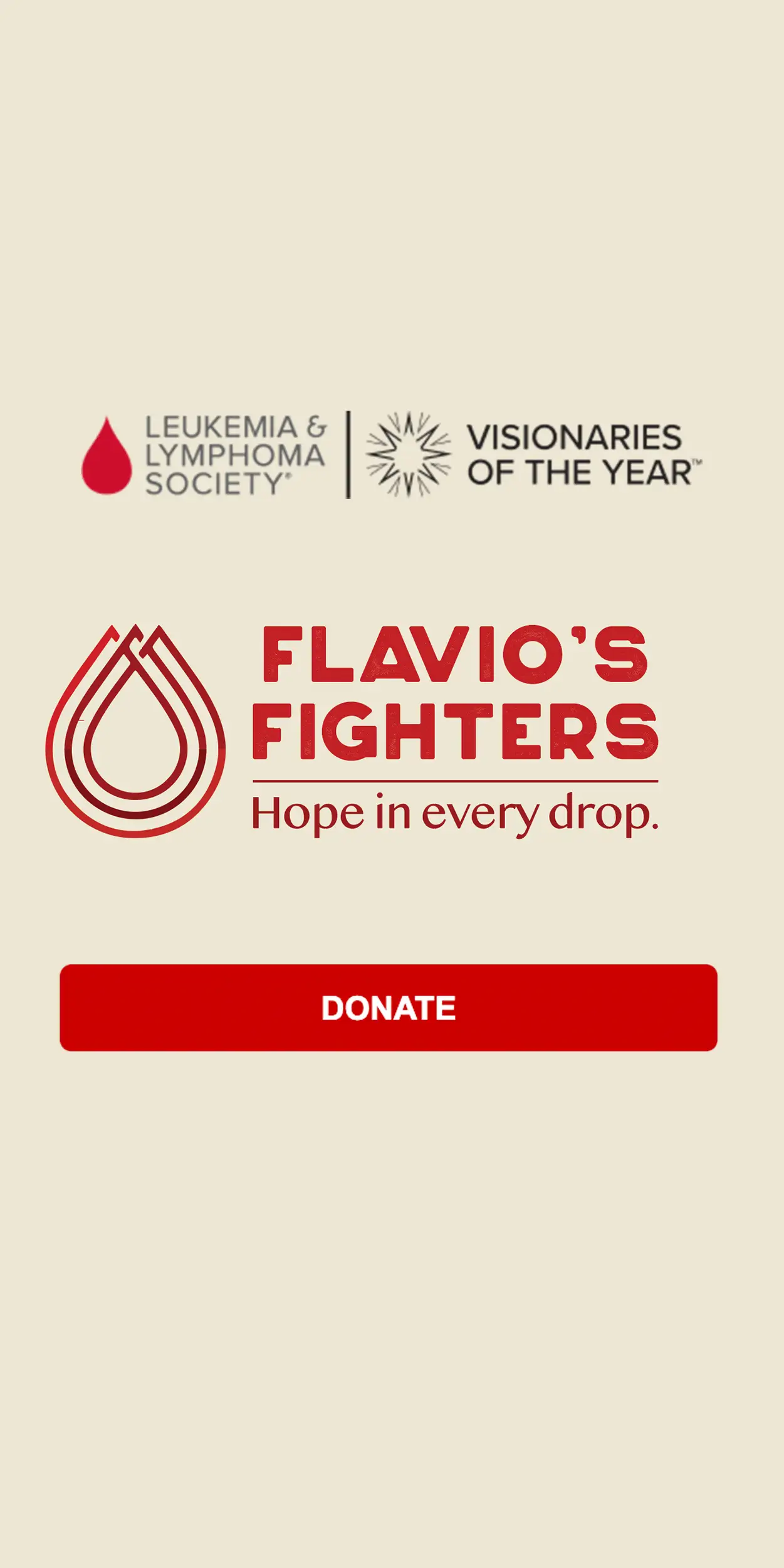




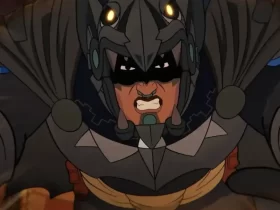
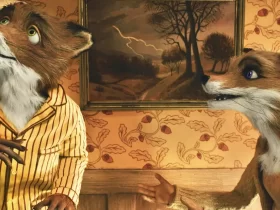
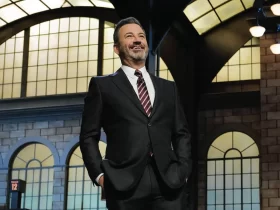
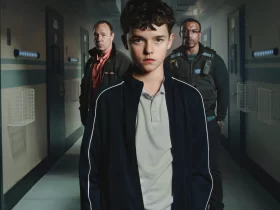
Leave a Reply